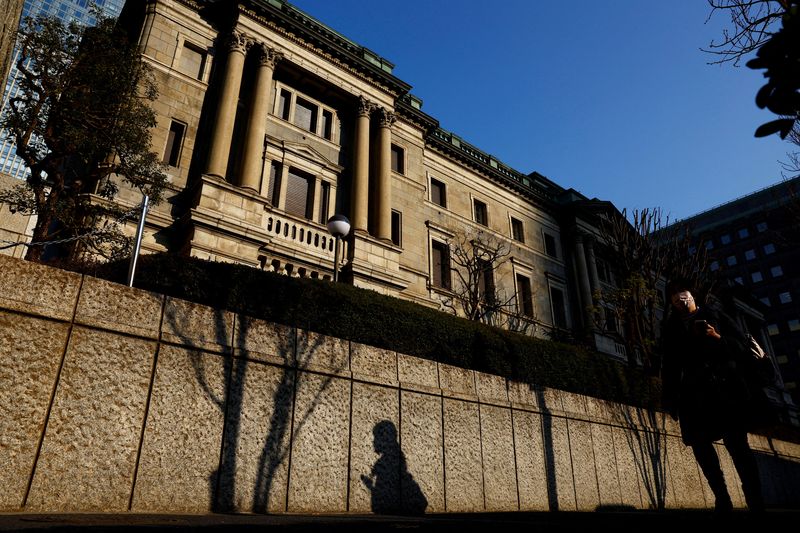
By Leika Kihara
TOKYO (Reuters) -Bank of Japan policymakers debated the likelihood of resuming interest rate increases with one signaling the chance of a hike this year, a summary of opinions at the July meeting showed, heightening the chance of a near-term rise in borrowing costs.
While several board members warned of uncertainty over the fallout from U.S. tariffs, one welcomed Japan's trade deal with the U.S. as "great progress" that heightened the likelihood of achieving the BOJ's forecast, the summary showed on Friday.
Some in the board also warned of mounting inflationary pressure in a hawkish tilt underscoring a growing view within the central bank that conditions for raising Japan's still-low rates costs could fall into place in coming months.
"The balance within the board seems to be tilting more hawkish," which reinforces the chance of another rate hike this year, Daiwa Securities analysts wrote in a research note.
At the July 30-31 meeting, the BOJ kept rates steady at 0.5% but revised up its inflation forecasts and offered a less gloomy outlook on the economy, keeping alive market expectations for a rate hike this year.
The BOJ needed "at least two to three more months" to assess the impact of U.S. tariffs, another opinion showed, adding the impact on Japan's economy could remain "minimal" if the U.S. economy withstands the hit better than initially thought.
"In that case, it may be possible for the Bank to exit from its current wait-and-see stance, perhaps as early as the end of this year," the member, whose identity was not disclosed, was quoted as saying.
A few others in the nine-member board also signaled the possibility of resuming interest rate hikes.
The BOJ must continue to raise rates when possible because its policy rate, at 0.5%, is below levels considered neutral to the economy, one opinion showed, adding that the bank should not become overly cautious and "miss the opportunity" to hike.
"It's important to raise rates in a timely manner" to avoid being forced to hike rapidly later and inflict huge damage to the economy, another opinion showed.
The hawkish signals weighed on Japanese government bonds (JGB), with the yield on the 10-year note rising 0.5 basis point to 1.49% on Friday.
Some policymakees warned of growing inflationary risks, with one opinion saying the BOJ is "now at a phase where it needs to place more emphasis on the upside risks to prices", the summary showed.
"Inflation expectations seem to have reached 2% and there's concern they will rise further," another opinion showed, adding that Japan may meet the BOJ's price goal earlier than expected.
The caution over inflation risks was in line with a quarterly report released after the July meeting, where the BOJ spelled out explicitly for the first time the risks of persistent food price rises fanning broad-based inflation.
The hawkish views contrast with the focus on downside growth risks in the BOJ's previous report on May 1, released in the wake of Trump's April announcement of sweeping U.S. tariffs that stoked fears of global recession.
The change in tone underscores the BOJ's growing confidence over Japan's economic recovery thanks to Tokyo's trade deal with Washington last month, which would lower levies for imports of goods, including its mainstay automobiles.
A government representative said the BOJ must pay due attention to risks from price rises, the summary showed, a sign the government is also focusing on mounting price pressures.
A Reuters poll last month showed a majority of economists expect another rate hike by year-end.
While consumer inflation has exceeded the BOJ's target for well over three years, Governor Kazuo Ueda has vowed to go slow in hiking rates as underlying inflation - or price rises driven by domestic demand - remains short of 2%.
The summary showed some board members calling for a change to such communication, which has drawn criticism from analysts as confusing as households face steady rises in living costs.
"The BOJ is at a phase where it should shift communication away from underlying inflation, to actual price moves and their outlook as well as the output gap and inflation expectations," one opinion showed.
(Reporting by Leika Kihara; Editing by Jacqueline Wong, Muralikumar Anantharaman and Kim COghill)

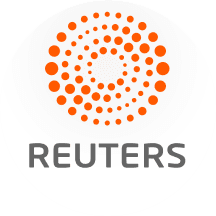 Reuters US Economy
Reuters US Economy
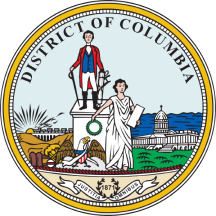 Local News in D.C.
Local News in D.C. CBS News
CBS News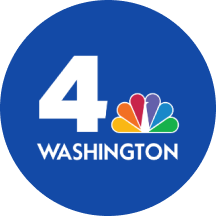 NBC4 Washington
NBC4 Washington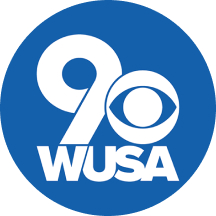 WUSA 9 News
WUSA 9 News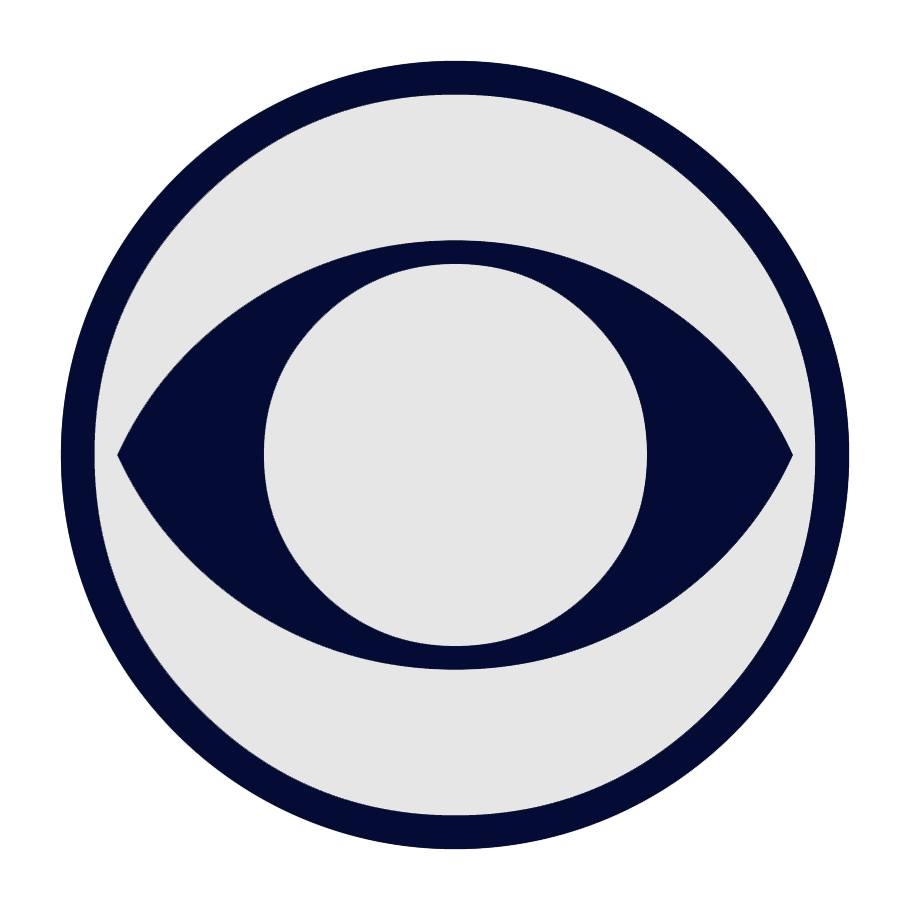 CBS Colorado Politics
CBS Colorado Politics Reuters US Top
Reuters US Top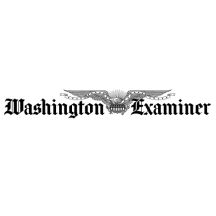 Washington Examiner
Washington Examiner 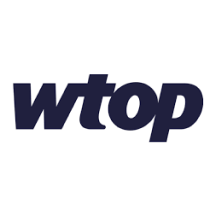 WTOP
WTOP PennLive Pa. Politics
PennLive Pa. Politics